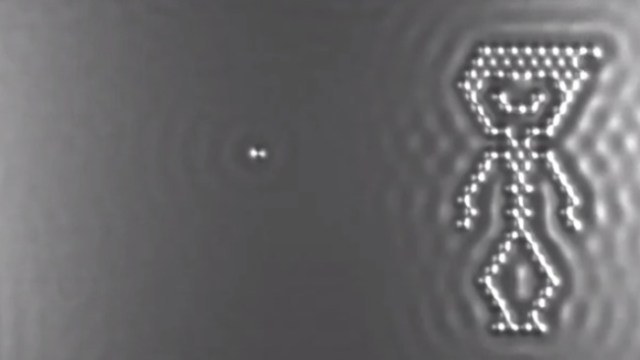This Tip Jar Takes Credit Cards

What’s the Latest Development?
For those who like to frequent coffee shops but don’t like to carry cash, there are no longer any excuses not to tip the baristas: Brothers Ryder and Judd Kessler have come up with the DipJar, which makes tipping as simple as, literally, a dip of a card into a jar. Each dip represents a tip of one dollar that’s separate from the initial purchase. The collected tips are given directly to the store’s employees. The DipJar, which debuted in tests last summer, is currently used in six New York cafes and two national charities. Not surprisingly, demand for them is increasing.
What’s the Big Idea?
Ryder came up with the DipJar concept after noticing how people buying coffee with credit cards tended to ignore the tip jar. Further refining required extra behavioral research to ensure that customers would be encouraged to use it. “People are more likely to give when it’s made as easy as possible, and when a clear norm is articulated. So the biggest design decision was to eliminate any buttons or screens, and to pre-set the amount.” Naturally, the DipJar has received an enthusiastic response from workers; one reported to Ryder that the extra tips she received helped pay for her electric bill.
Photo Credit: Shutterstock.com
Read it at FastCompany/Co.Design




